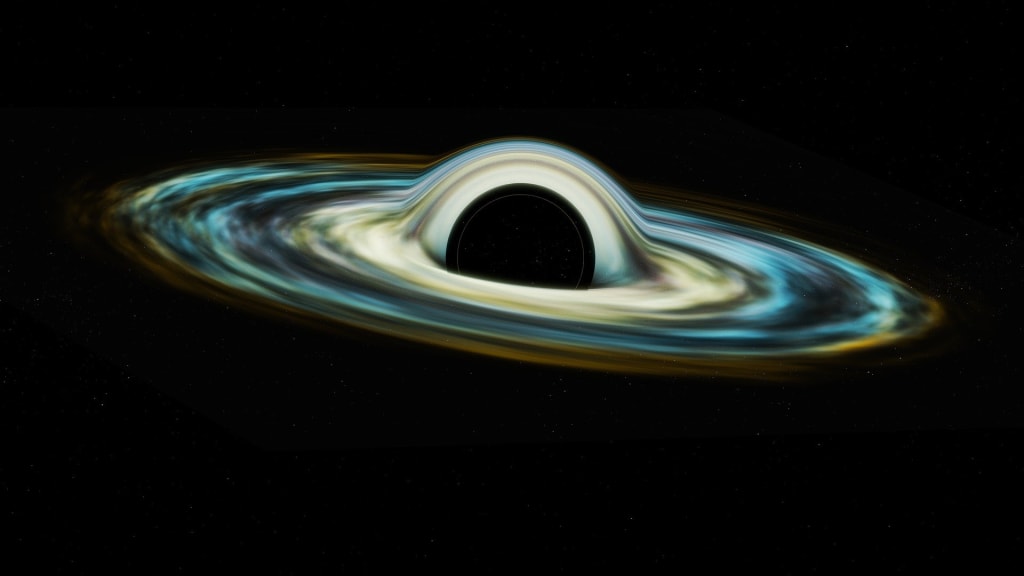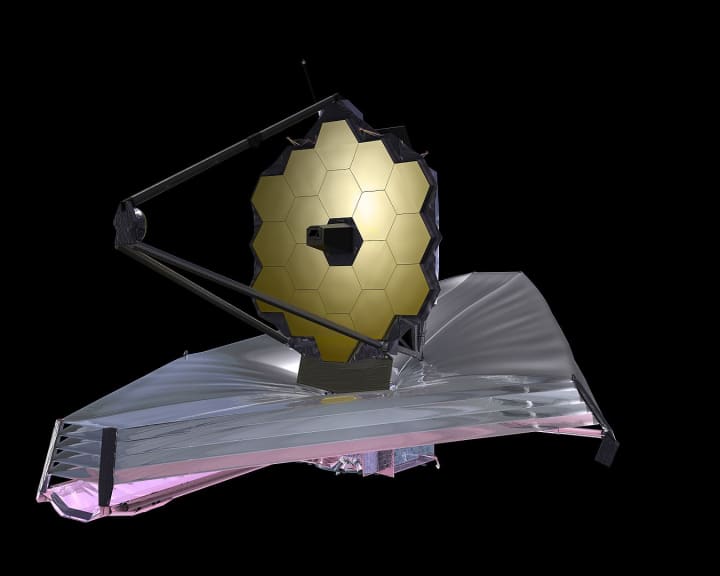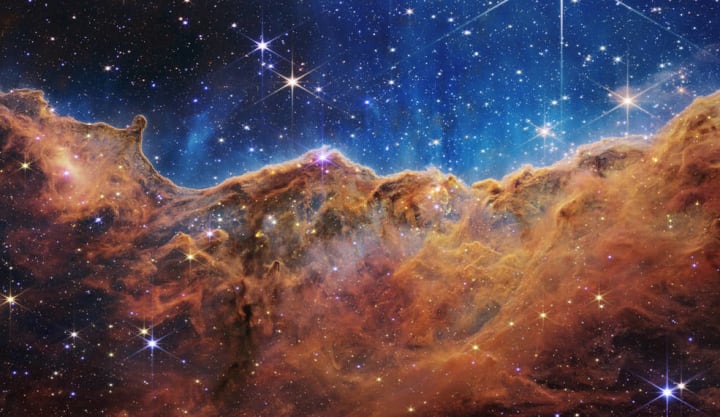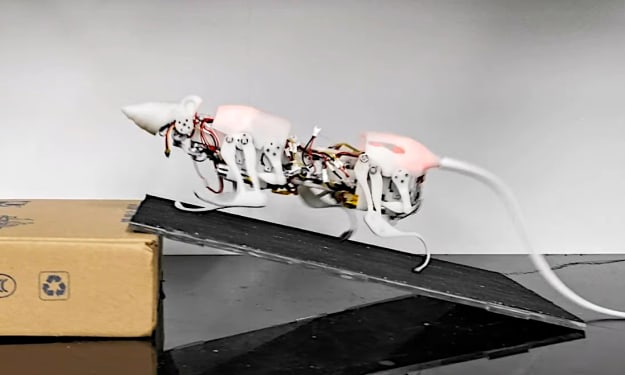Why You Should Worry About Black Holes
Because there's one coming your way, soon

The sun and stars have always fascinated me. I did a bit of astrophysics as part of my physics undergrad degree. And since then, living on a boat as I do, I’ve spent over 400 nights sailing at sea (and I don’t mean in a harbour or anchorage), many of them spent staring up at the cosmos and wondering about it.
I do try to keep in touch with theories and discoveries and recently came across a story about Primordial Black Holes (PBHs) in Physics World.
So I started writing a bit about it and then it expanded like topsy as these things do as I started digging around. Anyway, this short article is the result.
They’re just theoretical so far
Primordial black holes are a theoretical type of black hole that are thought to have formed in the early universe. Unlike the more familiar stellar black holes, which form from the collapse of massive stars, primordial black holes are thought to form from the gravitational collapse of small density fluctuations in the early universe.
If they exist, primordial black holes could be incredibly massive, with some even reaching masses comparable to that of our entire galaxy. Although there is currently no direct evidence for their existence, primordial black holes could explain a number of observed phenomena, such as the accelerating expansion of the universe and the formation of large-scale structures.
Who dreamed up the theory?
Primordial Black Holes (PBHs) were first postulated in 1966 by Yakov Borisovich Zel’dovich and Igor Dmitriyevich Novikov, who argued that they existed at the moment of the Big Bang.
Stephen Hawking and his collaborator Bernard Carr took up the idea in the mid-1970s, developing the postulate into a theory.
According to generally accepted present theory, the universe did not develop in such a manner that black holes can emerge in the Big Bang. Instead, fluctuations in the early cosmos gave rise to stars and galaxies first. Black holes appeared much later, after the initially ancient stars had collapsed and died.
However, if primordial black holes did develop as early as one second after the Big Bang during the “radiation-dominated” time period, things would be different. Hawking and Carr proposed that PBHs may have formed as a consequence of similar density fluctuations in the early universe that we currently think caused the formation of the first stars and galaxies.
In their hypothesis, on the other hand, these nascent black holes might have formed in areas of the cosmos with somewhat greater mass than average. The authors wrote in a 1974 paper (MNRAS 168 399) that “the early universe must have been inhomogeneous” because of the existence of galaxies today. “Some regions might have got so compressed that they underwent gravitational collapse to produce black holes.”
Potentially a huge range of sizes
PBHs could have been formed with a wide range of possible sizes, ranging from 10 μg to 10,000 solar masses, according to Hawking and Carr. This is very different from their stellar counterparts, which are usually between 5 and 10 solar masses and are limited by the size of the star that collapsed to create them.
Could PBHs resolve the Dark Matter conundrum?
Dark matter is a form of matter that cannot currently be observed directly, but is thought to comprise about 85% of all matter in the Universe. It’s nature is unexplained although its effects can be observed.
Physicists began exploring the idea of these early black holes as early as 1975. Hawking had suggested that black holes fade over time due to Hawking radiation (which is now an accepted theory). But what about PBHs with a mass greater than 10¹¹kg (about the size of a small asteroid), which had not entirely vanished?
Might they be able to offer a viable solution for part or all of the missing dark matter required to account for the disparity between the cosmos’ apparent matter and the movement of stars and galaxies in a universe with an accelerating rate of expansion?
How many black holes are there in the universe?
The calculations are tenuous and the numbers vague, but astronomers estimate that there may be millions of yet-to-be-found black holes in our cosmic neighborhood. This estimate is for all black holes and would include PBHs.
The calculations imply that approximately 1% of all matter in the cosmos is trapped inside black holes and black holes comprise about 10% of the mass which is contained in stars.
As I understand those numbers they would not account for much of the dark matter, the PBHs even less so.
Can we prove the existence of primordial black holes?
In the near future it may be possible to determine whether or not they actually exist.

The James Webb Space Telescope (JWST) was launched on December 25, 2021, and is now being prepared with 18 mirrors being aligned [ed: now operational and brilliant!] When in commission it should be able to ‘look back’ to within 180 million cosmic years of the Big Bang.
It can detect objects up to 100 times fainter than Hubble can, and objects much earlier in the history of the universe, back to redshift z≈20 (about 180 million years cosmic time after the Big Bang). For comparison, the earliest stars are thought to have formed between z≈30 and z≈20 (100–180 million years cosmic time),and the first galaxies may have formed around redshift z≈15 (about 270 million years cosmic time).- Wikipedia
It would be able to detect black holes from that time. Although we can’t see them, we can observe their effects (e.g with the LIGO detector).
So why should we worry?
Sohrab Rahvar from Sharif University in Iran has calculated that we might expect the Earth to collide with a small PBH — one with a mass of 10¹² kg — around once every billion years (MNRAS 507 914).
The worst case scenario is that the Earth would be doomed. Rahvar explains: “The accretion of matter into the black hole will heat the interior of the Earth and make the black hole grow — and finally, all the Earth will be swallowed by the black hole.”
“The passage of a black hole could melt a cylinder along the interior of the Earth with a radius of almost 10 cm. After a short time, this tunnel would freeze,” Ravhar hypothesised in an interview with Physics World.
He calculates that the Earth could expect 4 collisions with PBHs during its lifetime.
So how long have we got?
Well, I’m not quite sure how long the Earth’s lifetime will be. It’s about 4.5 billion years now and counting. How many more to come? In the scheme of things that I recall its days will end when the Sun becomes a red giant (about another 5 billion years).
So, 9 or 10 collisions in about 9.5 billion years. That’s pretty low odds of it happening next week then.
But never forget ‘Hitchhikers Guide to the Galaxy’ — the space highway construction crew may be en route as you read this, and Earth may already be doomed as a new pan-galactic highway is constructed.
Update
An image from the James Webb Telescope. This landscape of “mountains” and “valleys” speckled with glittering stars is actually the edge of a nearby, young, star-forming region called NGC 3324 in the Carina Nebula. Captured in infrared light by NASA’s new James Webb Space Telescope, this image reveals for the first time previously invisible areas of star birth.

How many primordial black holes can you spot?
Sources:
nasa.gov, physicsworld.com, space.com, astronomy.com, phys.org
***

Canonical: This story was originally published in Medium on 25 May 2022, Edited and updated to include JWST image.
About the Creator
James Marinero
I live on a boat and write as I sail slowly around the world. Follow me for a varied story diet: true stories, humor, tech, AI, travel, geopolitics and more. I also write techno thrillers, with six to my name. More of my stories on Medium
Enjoyed the story? Support the Creator.
Subscribe for free to receive all their stories in your feed. You could also pledge your support or give them a one-off tip, letting them know you appreciate their work.






Comments
There are no comments for this story
Be the first to respond and start the conversation.